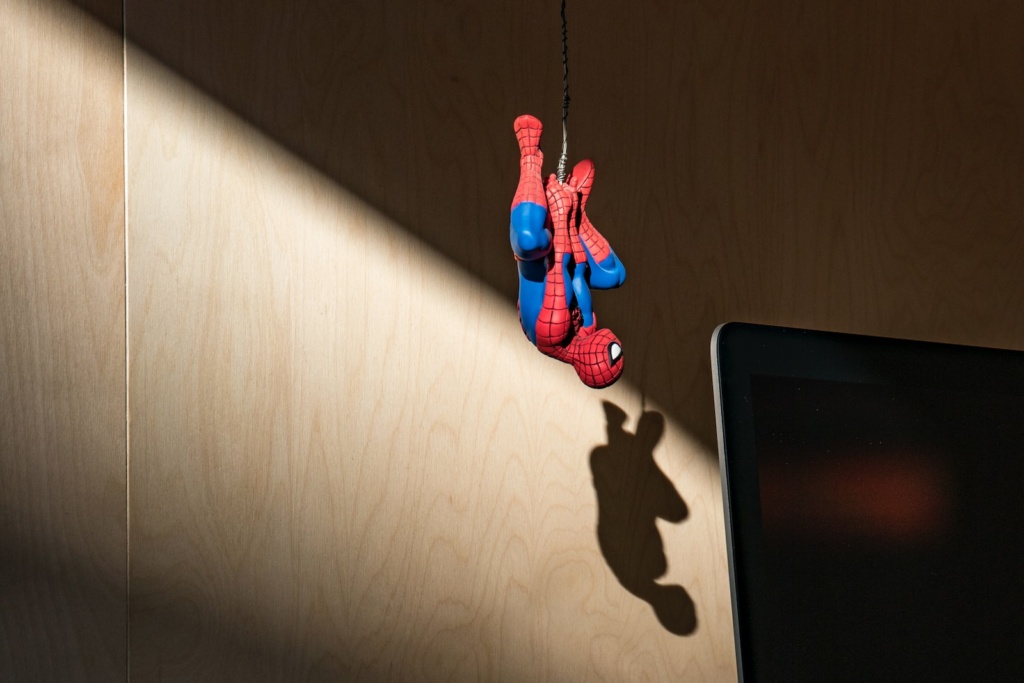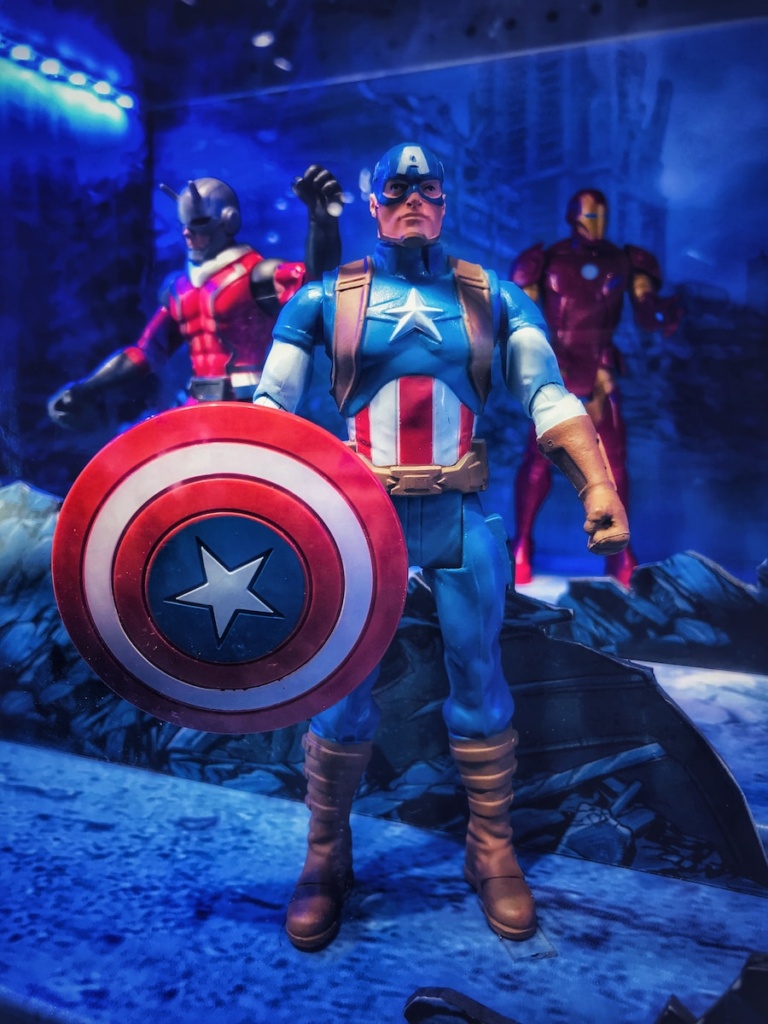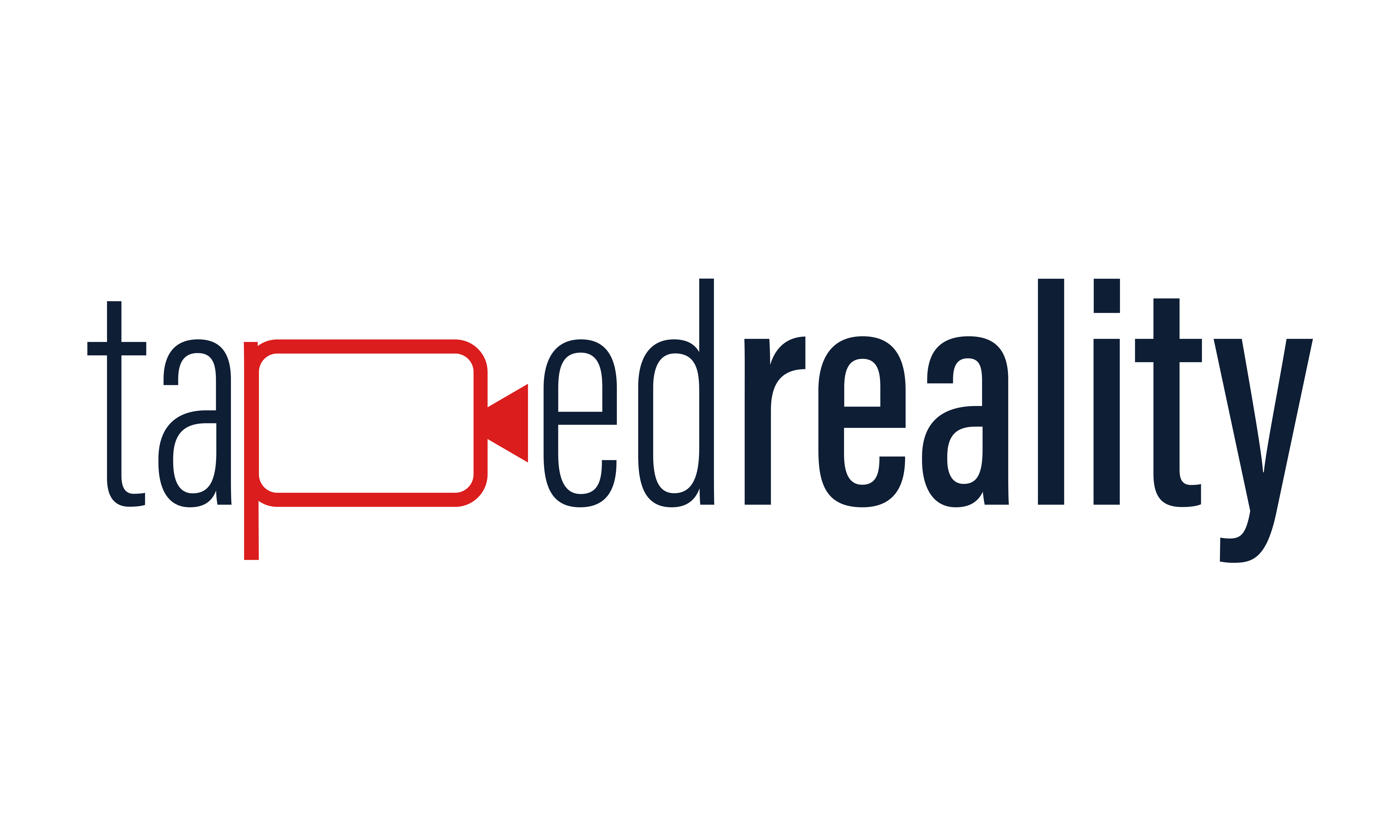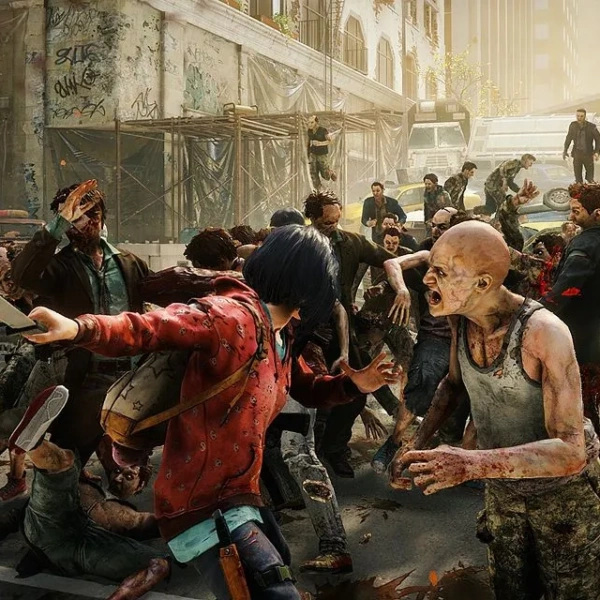
Greetings, fellow cinephiles! Today, let’s embark on a delightful journey into the world of sparkling dialogue, where words come to life and scenes crackle with energy. As we delve into the art of crafting compelling conversations, we’ll draw inspiration from master screenwriters who have left an indelible mark on the silver screen.
Know Your Characters Like a Best Friend

Great dialogue is a reflection of the characters who utter those words. Before your characters can speak with sparkle, you, the writer, must know them inside out. Think of them as your quirky best friends. What are their passions, fears, and idiosyncrasies? When you know your characters intimately, their voices will resonate authentically on the page.
Take Quentin Tarantino’s “Pulp Fiction” as a prime example. The banter between hitmen Vincent Vega and Jules Winnfield isn’t just dialogue; it’s a glimpse into their unique personalities. Vincent’s philosophical musings about European fast food and Jules’ iconic “Ezekiel 25:17” speech showcase the depth of their characters, making the dialogue not only entertaining but also essential to character development.
Embrace Subtext and Nuance
One hallmark of masterful dialogue is the ability to convey layers of meaning beneath the surface. Subtext adds depth and intrigue, making the audience feel like they’re privy to something more profound. Alfred Hitchcock, the master of suspense, understood this art well.
In Hitchcock’s “Notorious,” the tension between Cary Grant’s character, Devlin, and Ingrid Bergman’s character, Alicia, is palpable. When Devlin coldly instructs Alicia to seduce a Nazi agent, their exchange is rife with unspoken emotions. The dialogue isn’t just about the mission at hand; it’s a dance of desire, betrayal, and unspoken regrets.
Rhythm and Repartee: Sorkin Style
Aaron Sorkin, the maestro of rapid-fire dialogue, has a distinct style that’s become synonymous with wit and intelligence. Watch any Sorkin-penned project, like “The West Wing” or “The Social Network,” and you’ll be treated to a symphony of words delivered with razor-sharp precision.
Sorkin’s dialogue often feels like a high-stakes tennis match, with characters volleying words back and forth. The rhythm is crucial, and the repartee is a thing of beauty. In “The Social Network,” the dialogue crackles with energy during the deposition scenes, where Mark Zuckerberg faces off against his accusers. Sorkin’s mastery lies in making the mundane riveting through the sheer force of words.
Capture Authenticity with Tarantino Twists

Quentin Tarantino, known for his eclectic dialogue, infuses authenticity into his characters by drawing from real-life conversations and adding his unique twists. In “Django Unchained,” the dialogue is both raw and poetic, creating an unforgettable blend.
Consider the scene where Django, played by Jamie Foxx, confronts Calvin Candie, portrayed by Leonardo DiCaprio. The dialogue isn’t just a confrontation; it’s a masterclass in tension and release. Tarantino weaves words like a maestro, crafting a scene that leaves audiences on the edge of their seats.
Mimic Everyday Brilliance
Great dialogue often mirrors the brilliance of everyday conversations, capturing the cadence and quirks of human speech. The Coen Brothers, with their film “The Big Lebowski,” excel in this aspect. The characters, including the iconic “Dude,” engage in seemingly mundane yet utterly captivating conversations.
In one memorable scene, the Dude, played by Jeff Bridges, discusses the ransom for his kidnapped wife with the wealthy Lebowski. The dialogue is both absurd and hilarious, showcasing the Coen Brothers’ ability to find humor in the mundane.
Subvert Expectations: The Whedon Way

Joss Whedon, the creative genius behind “Buffy the Vampire Slayer” and “Firefly,” has a knack for subverting audience expectations through his dialogue. Whedon’s characters often say the unexpected, injecting humor and surprise into their conversations.
In “The Avengers,” Whedon crafts moments of unexpected humor amidst high-stakes action. When the Hulk smashes Loki, the immediate aftermath features a quip from Iron Man that lightens the tension. Whedon’s dialogue reminds us that even in the face of chaos, a well-timed joke can be a powerful narrative tool.
Edit, Polish, Repeat
Writing sparkling dialogue is a craft that requires meticulous editing. The first draft is your canvas, but the real magic happens in the revisions. Consider each word’s weight and impact. Are there redundancies? Is the rhythm flowing smoothly? Pixar’s creative process, exemplified in films like “Toy Story,” involves countless revisions to ensure each line contributes to the emotional depth of the story.
In Conclusion, Sparkling Dialogue is an Art
Crafting dialogue that sparkles is an art form that requires a deep understanding of characters, a mastery of subtext, and an appreciation for the rhythm of language. Drawing inspiration from master screenwriters like Tarantino, Hitchcock, Sorkin, the Coen Brothers, and Whedon can elevate your dialogue to new heights. So, dear writers, go forth and let your characters speak with the sparkle that makes movie magic truly timeless.
As I bid you adieu, remember the immortal words of great screenwriters: “The stuff that dreams are made of.” Until next time, happy writing and even happier watching!


